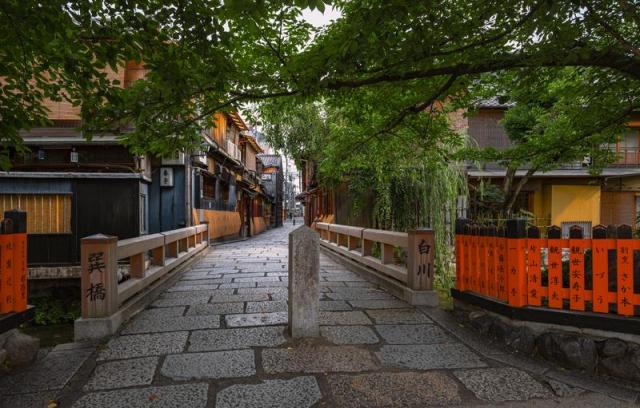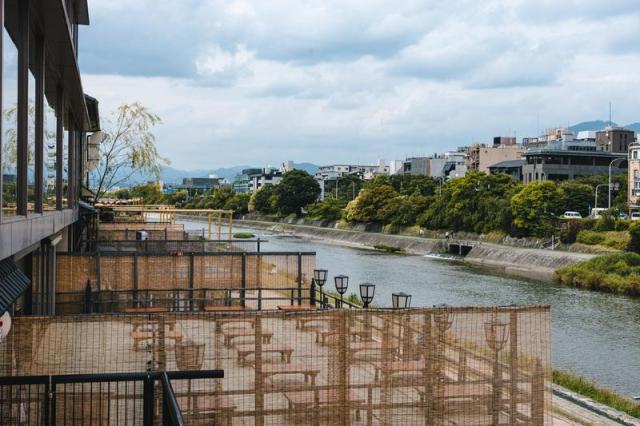
Even weeks of record heat won’t keep Kyoto from carrying on its cherished rituals.
The summer of 2025 in Japan was a sweltering one, with many regions being subjected to heat above 35 degrees Celsius (95 degrees Fahrenheit) on a regular basis. Kyoto, one of the most culturally significant cities in the country, was among them, recording an entire 61 days of such extreme heat, making it one of the hottest places in Japan for a significant portion of the year.
Yet, even as the sweat poured down, the timeless traditions continued on by adapting in creative ways. At the historic Nishi Honganji temple, monks adjusted to the heat by chanting sutras at a faster pace, allowing early-morning worshippers to leave before the weather got too hot. As some of the halls are officially designated and historically preserved National Treasures, they are unable to be air-conditioned, so these speedy rituals protect the participants’ health while still maintaining the sacred atmosphere.
The city’s geisha also found new ways of keeping to tradition, while preserving a level of comfort. During the August 1 Hassaku event, geisha and maiko (geisha-in-training) visit their teachers and teahouses to give thanks, while wearing a formal black crested kimono. While these visits are customarily made on foot, in order to ensure everyone’s safety this year many training schools employed taxis to ferry the geisha and maiko from one destination to another, allowing them to stay cool and provide a chance for water breaks in between visits.
▼ The Gion District was one of places where taxis were seen transporting numerous geisha.

Kimono rental shops in Kyoto reported more visitors opting for bookings earlier in the morning or later in the evening when the temperatures were cooler. In addition, the famous Noryo Yuka summer terraces along the Kamo River are usually dismantled at the end of September, but this year have extended their season to October 15. Some venues even paused their daytime service, encouraging guests to come and enjoy the cooler evenings instead.
▼ The beautiful Kamo River is a fantastic place to cool off on a summer evening, or even a fall one this year.

In addition to its basin-like surrounding geography, experts say that the heat in Kyoto is intensified by the urban development of nearby Osaka, which blocks sea breezes, as well as the limited green space in the city. However, while the weather may be changing, and temperatures rising annually, the resilience in Kyoto is evident. Be it quickened sutras or taxi-riding geisha, the city is showing that flexibility is key when it comes to preserving traditions.
Source: Yomiuri Shimbun via Yahoo News via Golden Times
Top image: Pakutaso
Insert images: Pakutaso (1, 2)
● Want to hear about SoraNews24’s latest articles as soon as they’re published? Follow us on Facebook and Twitter!
Like this:
Like Loading…


AloJapan.com